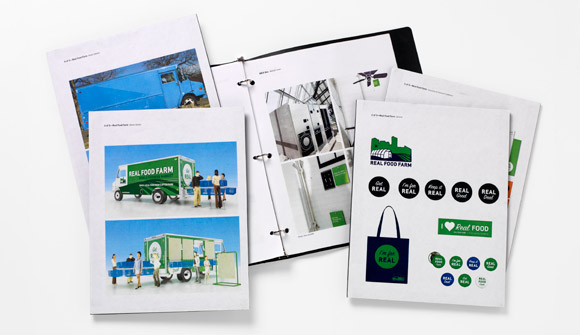Photo:Random Acts: Baltimore 2010
I recently filled out an application for a leadership program in Baltimore. The application asked for our observations – specifically, “What do you feel are the three most pressing problems facing the Baltimore Region today?” I would like to share my answer with you. It does not overtly suggest art; that is likely too risqué for the audience. However, if you read between the lines and understand what art is, you can appreciate how it fits into my answer. We need more art because we need more ideas!
Baltimore has many social problems. Our education system is failing to provide bright futures for all of our youth. Crime is prevalent enough to cause significant concern about safety. Food deserts exist across the city. Litter and housing conditions rival the third world in places. Not to mention the underlying issues of the diminishing role of the family, the lack of stable jobs, corruption and poverty. I recognize that we have severe issues.
These problems are not new. We have been working to alleviate them but they continue to nag our city. This leads me to believe that our problem is with our ideas and philosophy. I think our three most pressing problems are the lack of new ideas, the lack of opportunity to nurture new ideas, and the lack of resources put into new ideas.
Baltimore needs to be a birthing place for ideas. Despite having dozens of institutions of higher education it is rare for us to spawn culture-changing shifts. We are a city that looks to follow. We strive to be the best at being second because it’s safe. We need to be more daring in our mindset. We need to do more then tolerate risk, we need to lean into it. We need to be comfortable with the unknown. It is new ideas that generate economic growth and create social change. Without new ideas, we will be stuck in our status quo. We will be stuck with our problems.
New ideas are not enough. We need to nurture the new ideas so that they can become something meaningful. Nurturing an idea starts with knowing that it even exists. Baltimore often shuts things down based on where the idea comes from. We need to create public platforms where people can safely present new paradigms. We need places where ideas are allowed to come from anywhere. It does not matter what age, what race, what neighborhood, what school, what political party – if you have an idea, it should be heard and explored. Idea exploration needs to be part of all levels of our educational system’s philosophy. Every one needs to be given the opportunity, and encouraged, to imagine beyond what is currently thought possible. When we think beyond our reality, we can create a new reality. This is starting to happen in practice with things like Ignite Baltimore and Create Baltimore. We need to sustain and enhance both those events and create even more of them.
Once a new idea emerges and is explored, we need to implement. Baltimore is not a city that readily lends support to new ideas. We do not easily open up space, provide capital, and share wisdom to people with new ways of doing things. We shy away from the long time horizons, the marginal initial return, and the unknown. We need to be patient. Social change does not happen over night. We need to accept that value is more then money. We need to accept that it is okay to not know everything. In practice we should create incubators for the arts and incubators for social change makers. We should expand funding opportunities for promising new ideas that provide social returns, even if gains are initially nominal and off in the future. We should mentor the emerging change makers from early stages. If we start providing capital to create a new social future, we will start to see social dividends.
Baltimore is stuck with our status quo because our philosophy will not let us go elsewhere. Until we change our ability to discover new ideas, to develop new ideas, and to grow new ideas we will be bound to our social problems.


Scott- I like many of your points, but I have lived in Baltimore since 1986 and it has changed by leaps and bounds.
When I arrived, sex workers were dying in my Charles Village alley. Johns Hopkins had no art program, no undergrad public health program. We had no murals. We had no free shuttle buses. We had high-rise projects that were unfit for human habitation. Our streets were dirty all over town, and homeless people slept on the streets on Broadway. The homicide rate was skyrocketing. City govt. was an old-boys club. Parks were neglected and dangerous, with bodies found in Leakin Park weekly. These terrible things still happen, but in the neghborhoods where they are most concentrated, there are also slow but steady improvements. Leakin Park is viable now, thanks to Parks and People. Healthcare for the Homeless has a great new building near the jail. Our farmer’s markets are reaching these neighborhoods. We have a free circulator bus downtown. We have a vibrant Latino community. We have had two women mayors! Hopkins has opened itself to the community in many ways, has an art program and a public health program. MICA has a new social mission. and on and on. Visit a similar city like New Haven, Harrisburg, or Buffalo, then come back and look at our wonderful changing city again! Keep the faith, baby.